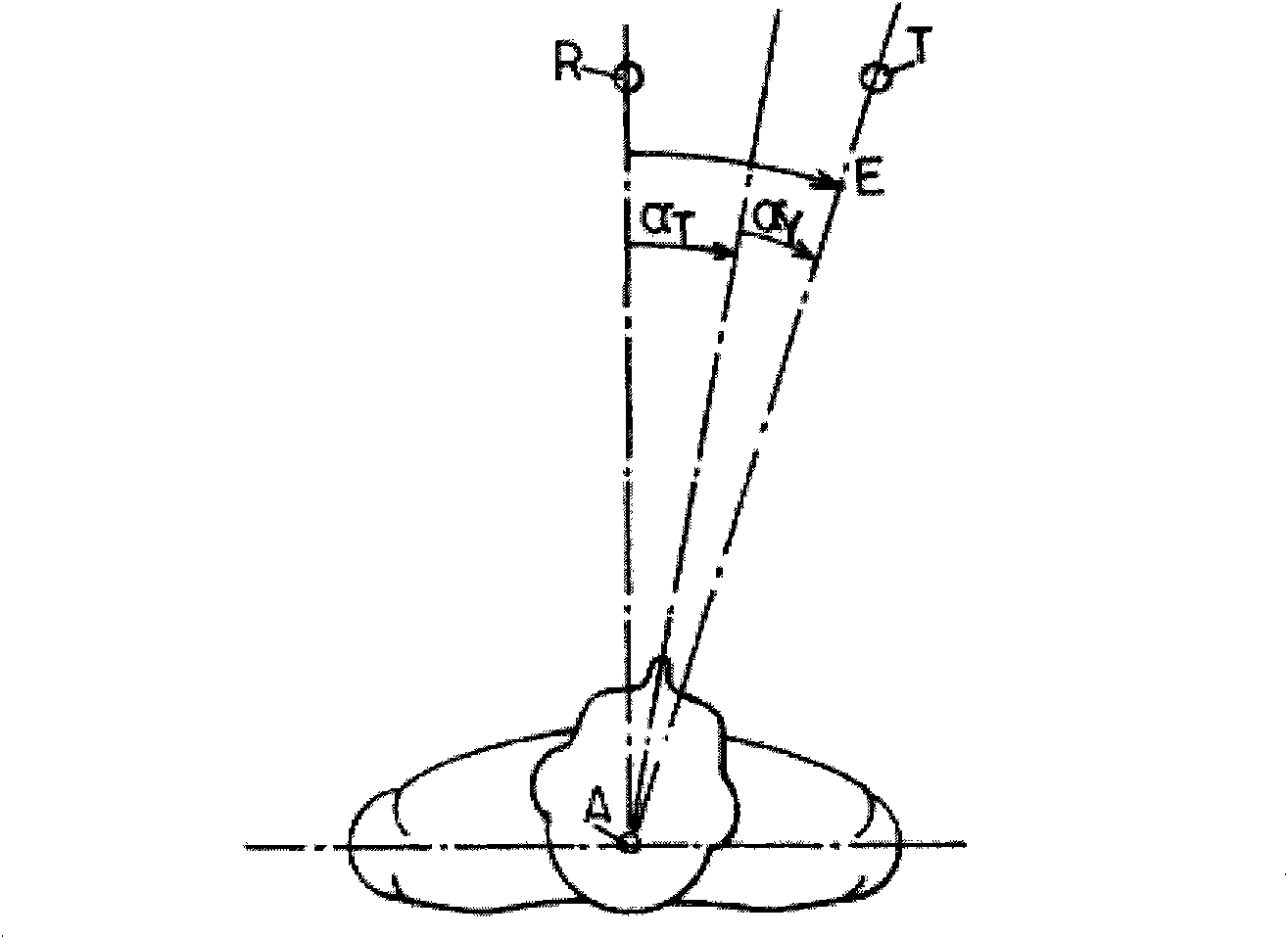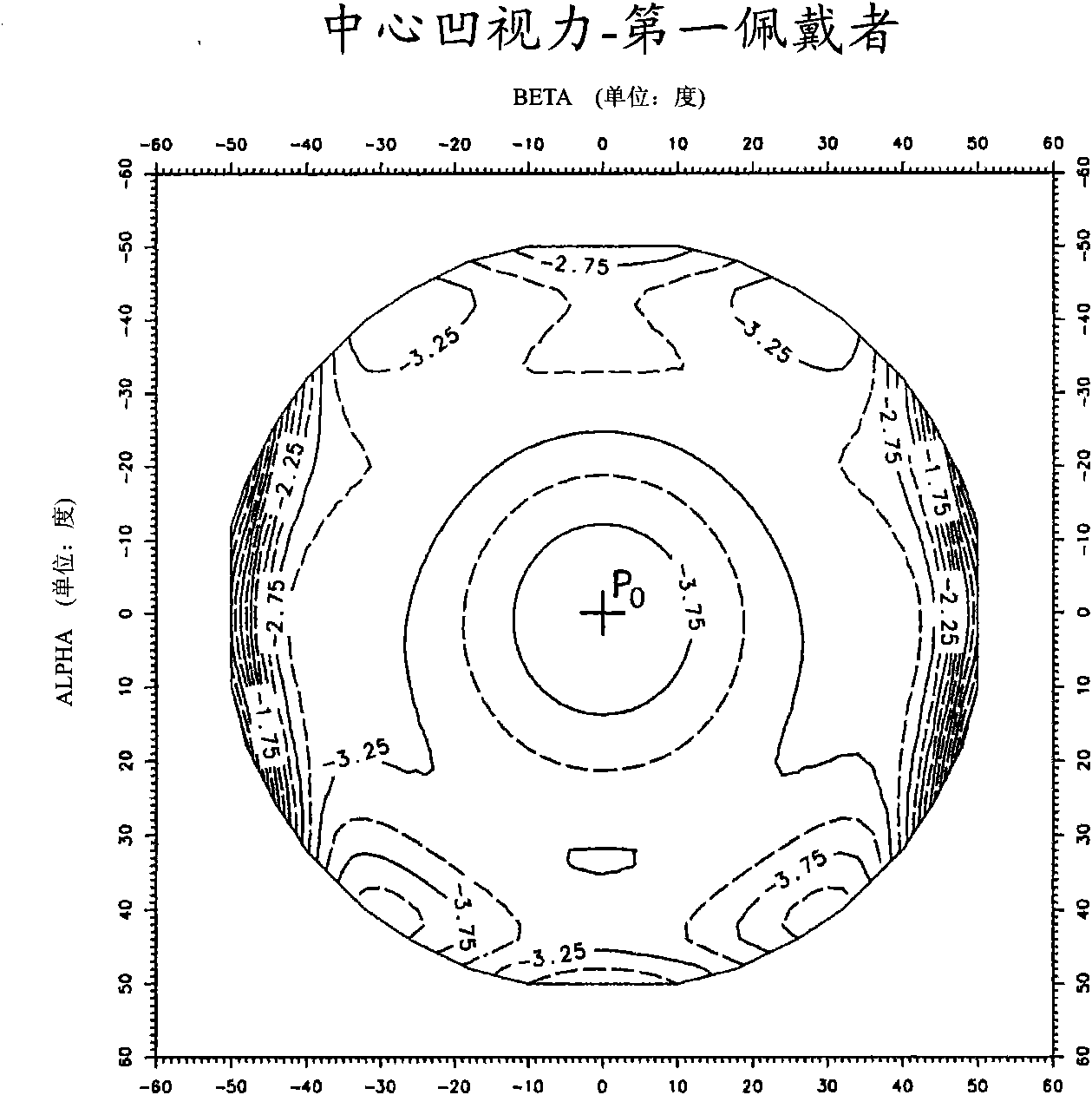Production of an ophthalmic member adapted for central and peripheral vision
A production method and component technology, applied in optical components, glasses/goggles, optics, etc., can solve the problem of reduced visual comfort of the wearer
- Summary
- Abstract
- Description
- Claims
- Application Information
AI Technical Summary
Problems solved by technology
Method used
Image
Examples
Embodiment Construction
[0024] The invention will now be described in detail within the framework of the realization of a corrective ophthalmic lens of spectacle lens type. However, it will be appreciated that the invention may be applied to other ophthalmic components implementing a correction of refractive errors, for example, especially in goggles for winter sports or diving activities.
[0025] Further, the spectacle lens capable of correcting myopia will be described through examples. However, it will also be appreciated that the present invention is similarly applicable to any corrective lens, regardless of the nature of the wearer's refractive error.
[0026] First, the relative magnitudes of eye and head movements are characterized for the intended wearer of the lens. Thus, the wearer will be asked to fixate on a first object directly in front of him, called a reference object, to which the wearer is to face. The reference target is marked R in Fig. 1a. Preferably, the reference target is ...
PUM
 Login to View More
Login to View More Abstract
Description
Claims
Application Information
 Login to View More
Login to View More - R&D
- Intellectual Property
- Life Sciences
- Materials
- Tech Scout
- Unparalleled Data Quality
- Higher Quality Content
- 60% Fewer Hallucinations
Browse by: Latest US Patents, China's latest patents, Technical Efficacy Thesaurus, Application Domain, Technology Topic, Popular Technical Reports.
© 2025 PatSnap. All rights reserved.Legal|Privacy policy|Modern Slavery Act Transparency Statement|Sitemap|About US| Contact US: help@patsnap.com



